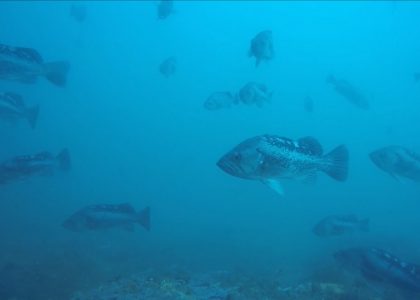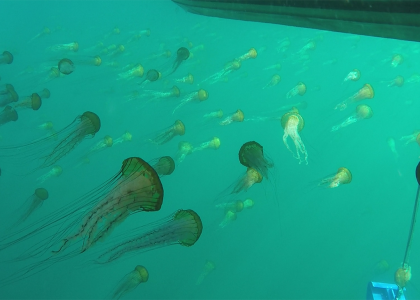The spirit of exploration is alive in Oregon. Only now, it’s underwater. The Oregon Department of Fish and Wildlife (ODFW) oversees the management and scientific monitoring of Oregon’s marine reserve system — which includes five marine reserves and nine Marine Protected Areas (MPAs) — off our coast.
Learn about what a marine reserve is. Where they are. And why we have marine reserves. We invite you to explore the Cape Falcon, Cascade Head, Otter Rock, Cape Perpetua, and Redfish Rocks sites and discover what lies beneath the surface.
 for more information on each site
for more information on each siteWhat & Where
What Is A Marine Reserve? Marine reserves are areas in our coastal waters dedicated to conservation and scientific research. All removal of marine life is prohibited, as is ocean development.
And A Marine Protected Area? Marine Protected Areas (MPAs) are adjacent to the reserves. Ocean development is still prohibited, but some fishing activities are allowed. Please see the specific rules for each site.
How Were The Locations Chosen? Local communities worked with state officials to site the reserves in areas that would provide ecological benefits while also avoiding significant negative impacts to ocean users and coastal communities (following Governor’s Executive Order 08-07). The sites are located within Oregon’s state waters, all within 3 nautical miles from land.
Why Marine Reserves

Oregon created these marine reserves to conserve marine habitats and biodiversity. They also serve as living laboratories where we can learn about Oregon’s nearshore ocean environment and the effects that protections — no fishing and conservation — have over time on the marine environment. This research is helping inform how we can best manage our coastal waters into the future. Find out more about the Science being conducted by the ODFW Marine Reserves Program and Our Partners.


























